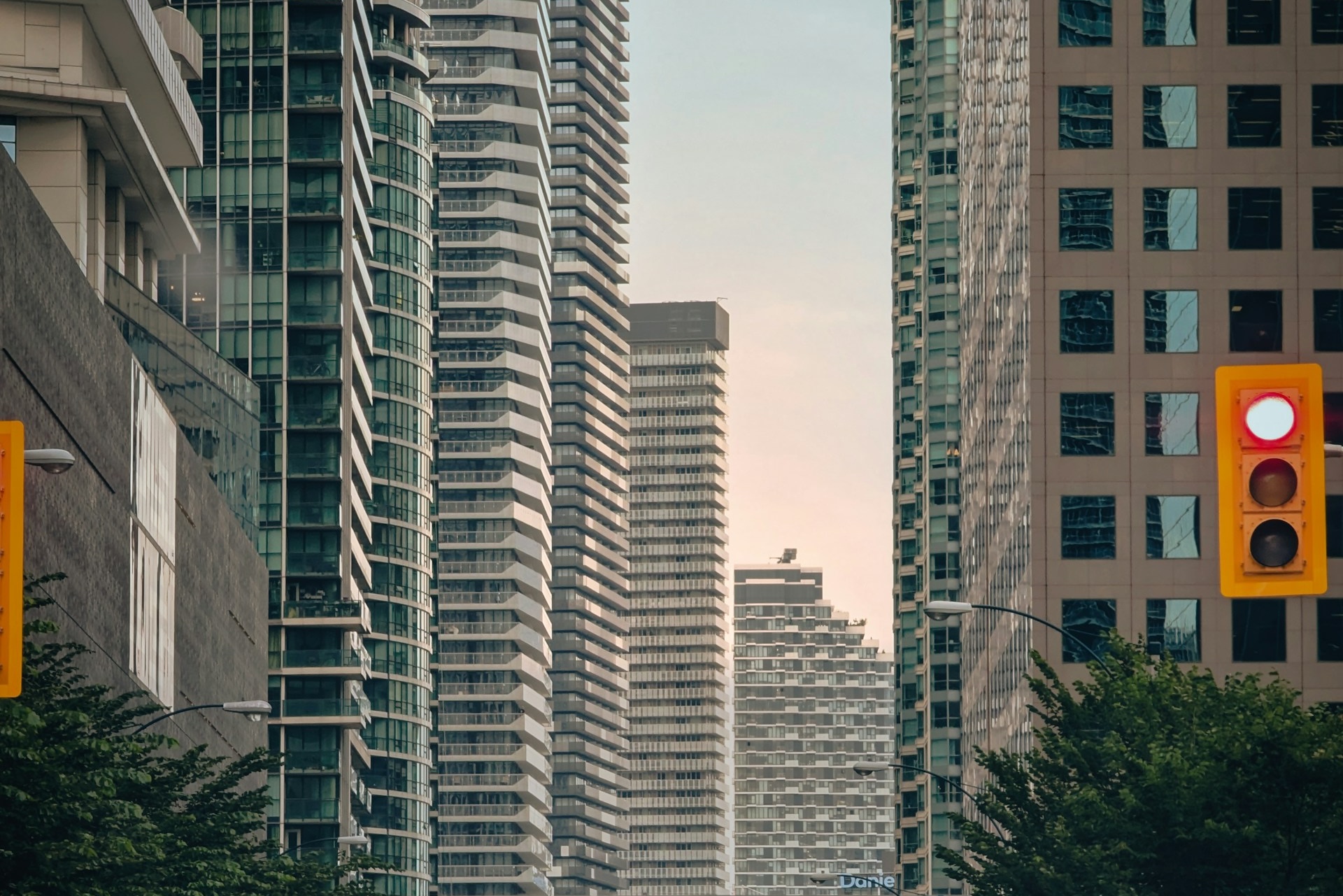Canada’s government just went from labeling critics of its immigration policy as xenophobic to admitting their plan was unsustainable. This morning the Government of Canada (GoC) announced it won’t just throttle immigration, but the country will embrace intentional degrowth. The decision comes after a sharp decline in immigration applications, implying the sudden shift is more about saving face than shifting policies.
Canada To Embrace Population De-Growth Starting Next Year
Policymakers called for a “pause” on immigration, but actually described de-growth. This morning the GoC announced they’ll be targeting a marginal population decline of 0.2% in both 2025 and 2026, respectively. It will then target 0.8% growth in 2027, less than a third of this year’s expected growth. The move will be distributed across both permanent and temporary resident segments.
Permanent Resident Limit To Be Cut By 22%, A Pace Similar To The Drop From 2021 To 2023
The current permanent resident target will be slashed by over a fifth, over two years. They had originally planned for 1 million new permanent residents over 2025 and 2026, half in each year. That’s now been slashed by 22.5% to 775,000 people over the period, declining from 2025 (395k) to 2026 (380k). It would be a huge decline if this segment wasn’t already on target to fall below that range.
Canada has already seen a strong decline in permanent residency applications. Canada received 274,456 applications in 2024 as of July, a drop of 3.4% compared to last year. However, this isn’t a recent problem, applications have been falling for years now. In 2023, the country received 546k permanent resident applications. That’s about 20% fewer than it received in 2021. If the current pace of declines persists, the drop would have fallen to just above the 2027 limit they just announced. What a random coincidence, eh?
Canada’s breakneck population growth is largely from temporary residents. Over the span of just two years, the country’s non-resident population doubled to 3 million people. To put that into context, if just the additional people added over those two years formed their own city, it would be the third largest in the country. It was extremely aggressive growth.
Policymakers at all levels are now pretending it was unexpected, but it’s hard to believe. Especially since a state-owned company was established to help it grow, and 2024 marked the end of a $148 million taxpayer-funded plan to grow just one segment. But we digress.
The GoC plans to roll back some growth over the next two years. The plan will cut this population by ~30% over two years, dropping 446k people in 2025 and another 446k in 2026. In 2027 they plan to reintroduce growth, with a comically small 17k people. As you may have already guessed, this is getting ahead of the sharp declines.
Canada’s inflow of permanent residents is already plunging. Annual growth of the net inflow was down a whopping 46.8% in Q2 2024. The GoC previously announced a 20% decline is planned, but it’s currently on track to double that rate—which is just about in line with the new targets. Hey look, another coincidence!
A good chunk of non-permanent residents in Canada are visiting on a study visa. Many analysts are likely to attribute the decline of this segment due to the changes to study permits. Those largely came into effect in September 2024, after the drop. More importantly, they only announced throttling to save face after study permit applications began falling. Another coincidence, surely.
Canada’s Immigration Policy Increasingly Criticized As Exploitation, Not Generosity
The drop in demand and sudden decision to embrace it comes amidst a tarnished global reputation. Back in 2019, Canada’s already strong immigration plan was praised as an example of strong global leadership. Since then, it’s scaled considerably and flat-out started to demonstrate its exploitative nature. The UN recently called one temporary resident program “modern slavery,” and the world-renowned reputation for education is a little less bright as international news runs more stories on diploma mills that popped up overnight to scam students. It also doesn’t help that when the immigration minister was asked to defend the policies, he stated that Canada needs international students because they’re “lucrative.” He may not be the smartest, but at least he’s honest.
There’s also been a giant uptick in criminals exploiting the immigration system, amplified by gaps embraced to facilitate faster growth. For example, the country didn’t verify student admission letters until recently—anyone could just show up with a printout and get a visa.
However, the biggest external pressure comes from the country’s largest trade partner, the US. Increasingly the country is finding terror suspects with “laundered” Canadian identifications, making it more difficult to control their border. As a result, American policymakers recently warned the country needs to buckle down on immigration or they’ll be forced to reconsider what it means to be Canadian.
The decline also shouldn’t surprise anyone. The country can only coast on its historic reputation as a successful immigration hub for so long. Eventually it needs to prove it can continue to do that. It gets harder and harder to maintain that Canada is providing opportunity when 1 in 5 young adults are unemployed, even those with a “domestic” advantage.
There’s also strong reason to believe changes set to go into effect will reveal population overestimates. We previously pointed out that tax data shows 1 in 7 recent immigrants likely left the country within 3-years of arriving. The national statistics agency followed up with data confirming the difficulty in measuring those who leave since the country doesn’t track departures unless they pay an exit tax. Next year the country plans on tracking departures, probably to collect that exit tax on assets.



















 English (US) ·
English (US) ·